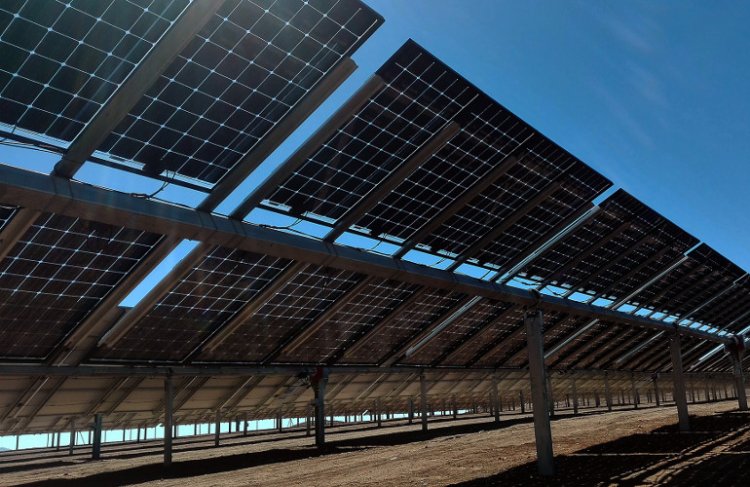Exploring Solar Cell Technologies: A Comparative Analysis of Mono, PERC, Topcon, and HJT
In this comparative analysis, we delve into four prominent technologies: Monocrystalline solar panel, Mono PERC (Passivated Emitter Rear Cell), Topcon (Tunnel Oxide Passivated Contact), and HJT (Heterojunction).
Share this Post to earn Money ( Upto ₹100 per 1000 Views )

Harnessing solar energy has become increasingly vital in our quest for sustainable power sources. With various solar cell technologies available, understanding their differences is crucial for making informed decisions. In this comparative analysis, we delve into four prominent technologies: Monocrystalline solar panel, Mono PERC (Passivated Emitter Rear Cell), Topcon (Tunnel Oxide Passivated Contact), and HJT (Heterojunction).
-
Mono Crystalline Solar Cells:
-
Crafted from single-crystal silicon.
-
Historically lower efficiency, but ongoing advancements are improving performance.
-
Moderately to highly priced.
-
Moderate degradation in high temperatures.
-
Mono PERC (Passivated Emitter Rear Cell):
-
Similar to mono-crystalline cells but with a rear passivation layer to reduce electron recombination.
-
Outperforms traditional mono-crystalline cells in efficiency.
-
Marginally more expensive due to additional steps but justifies the cost with improved efficiency.
-
Superior performance in high temperatures.
-
Topcon (Tunnel Oxide Passivated Contact):
-
Utilizes a tunnel oxide layer for rear-side contact passivation.
-
Generally higher efficiency compared to traditional mono-crystalline cells.
-
Higher manufacturing complexity may increase costs, but efficiency gains may balance it out.
-
Commendable performance in high-temperature conditions.
-
HJT (Heterojunction):
-
Integrates amorphous silicon layers with crystalline silicon, reducing recombination losses.
-
Often achieves higher efficiency despite initial higher costs.
-
Excels in high-temperature conditions due to lower temperature coefficients.
Factors to Consider:
-
Efficiency: Higher efficiency panels generate more electricity per area.
-
Cost: Initial premium for higher efficiency panels may yield better long-term returns.
-
Temperature Performance: Optimal performance in sunny climates is essential.
Ultimately, selection depends on budget, space availability, and environmental conditions. Solar panel Manufacturer reliability also plays a significant role in choosing the appropriate solar panel technology.
To simplify, Mono Crystalline is like a standard model with reliable performance, while mono perc solar panel price is an upgraded version with enhanced capabilities. Topcon can be likened to a premium with cutting-edge features, and HJT is a flagship device combining multiple technologies for superior performance.
In conclusion, understanding the abilities and price points of each solar panel technology is essential. By considering budget and desired features, individuals and businesses can optimize their energy generation for a sustainable future.















